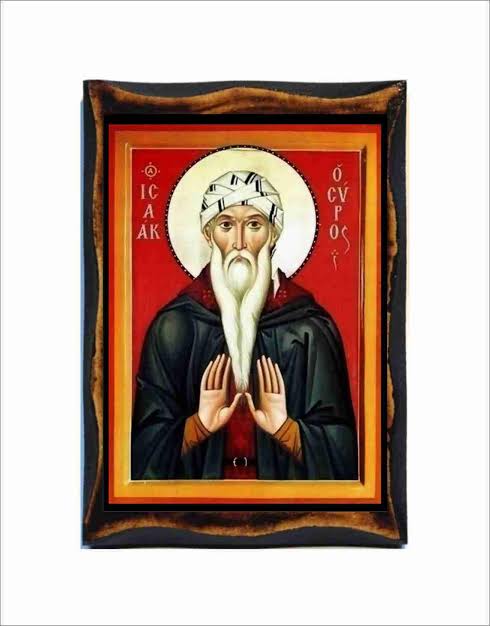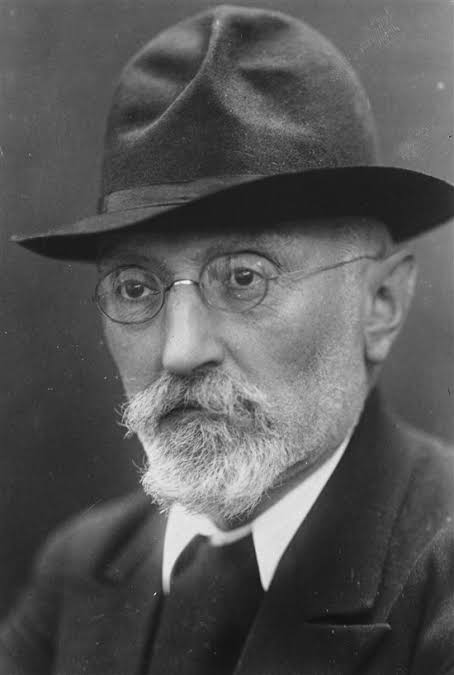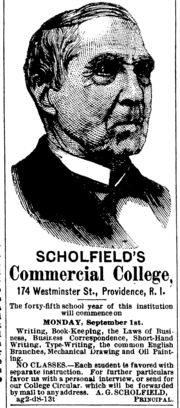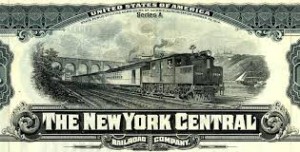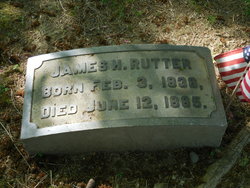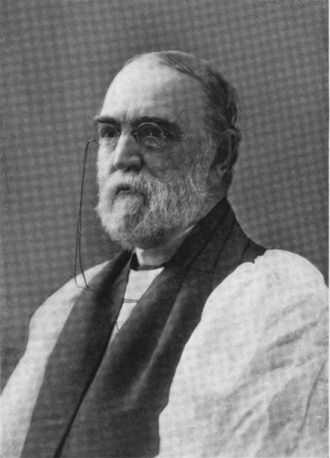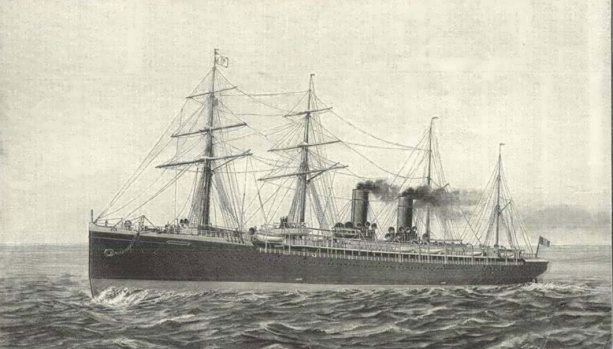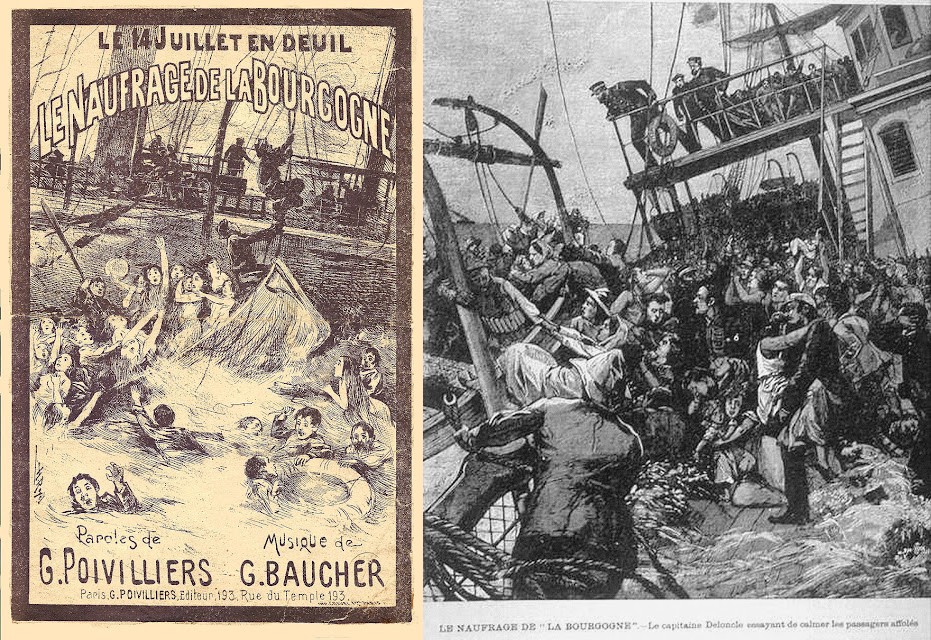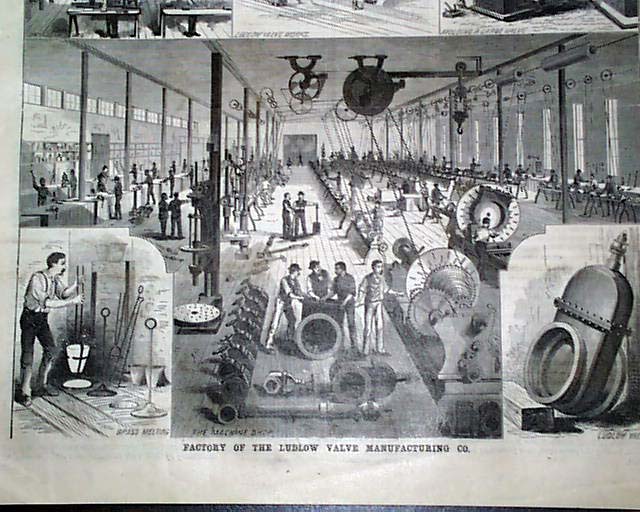My church is finishing rebuilding 1850 rowhouses as part of a restoration product for the whole complex. I have enjoyed working with the contactors and artisans. But there are so few artisans these days, from plasterers to decorative painters. They can make a good living, but shop and apprenticeships have largely disappeared. Everyone needs to go to college and learn – well, learn what?
A vaster project has concluded in France. Notre Dame is restored. The New York Times has a good article on the work. Michael Kimmelman writes:
Restoring the roof would also enlist skilled carpenters, stone workers and artisans trained in ancestral techniques with roots in French and European history. Notre-Dame could help rejuvenate these fragile but precious crafts.
After Macron’s announcement, a French organization of artisans called the Compagnons du Devoir, dating back to the 12th century, began receiving thousands of applications.
“In France, as in America,” one of its former leaders, Jean-Claude Bellanger, told me at the time, “those who go into manual trades today tend to be considered failures by the elites. Notre-Dame has reminded everyone that such work is a path to dignity and excellence.”
This is one of the timeliest and most uplifting outcomes of the restoration.
Nobles and kings used to have to learn a trade, to connect them with their people, and also to remind everyone that the King of Kings, the LORD, when he came among us earned his daily bread by working with his hands.
